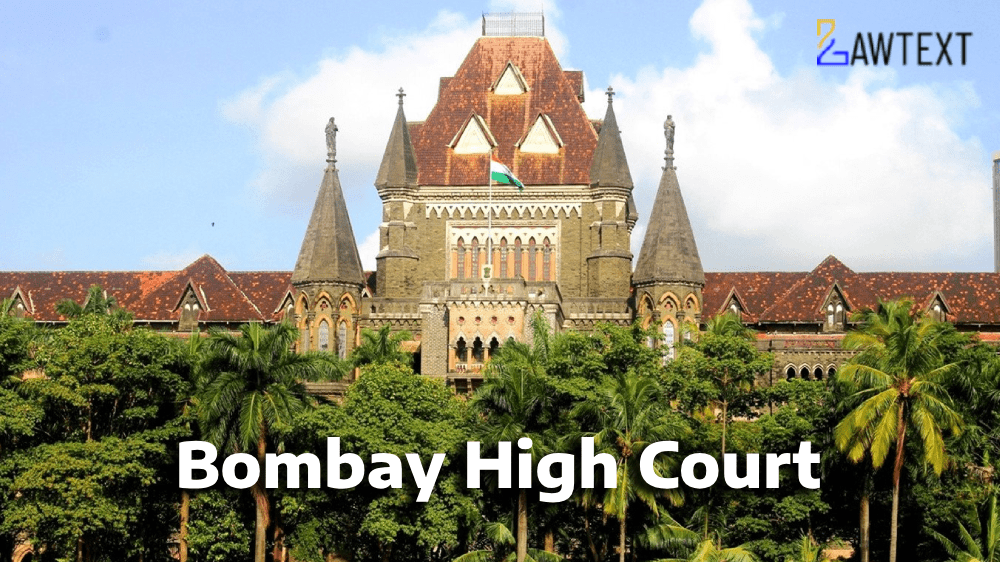

The Bombay High Court addressed three income tax appeals filed by Appellant challenging the findings of the Income Tax Appellate Tribunal (ITAT) and the Commissioner of Income Tax (Appeals) [CIT(A)] regarding disallowances made on suspected bogus purchases. The core issue was whether the ITAT was justified in disallowing 10% of the purchases deemed bogus. The High Court concluded that without concrete evidence supporting the Revenue’s allegations, the disallowance was arbitrary and unsustainable.
The appeals related to the assessment years 2009-10, 2010-11, and 2011-12. The Assessing Officer (AO) initially disallowed the entirety of certain purchases as bogus, which was partially upheld by the CIT(A) and the ITAT at 10%.
The appellant pressed four key questions centering on whether the ITAT’s partial disallowance (10%) was justified based on the evidence available and whether the ITAT had correctly applied legal principles.
The ITAT noted that the AO accepted the sales but disallowed the expenses without concrete proof. The appellant could not produce proof of the movement of goods, leading the ITAT to conclude that purchases were likely from the grey market.
The ITAT relied on the precedent set in CIT vs. Nikunj Eximp Enterprises Pvt. Ltd., where it was held that non-appearance of suppliers does not automatically imply that purchases are bogus. However, the High Court noted that the facts of the present case were similar, and the ITAT’s disallowance contradicted the complete rejection of disallowance as seen in the Nikunj case.
The High Court found that the ITAT had accepted the appellant's compliance with indirect tax laws (VAT, sales tax) and failed to justify why 10% disallowance was reasonable despite acknowledging the lack of evidence.
The High Court criticized the mechanical approach of disallowing 10% without analyzing the necessity of such a measure. It noted that once the Revenue failed to produce concrete evidence, the entire premise of the disallowance was baseless.
The High Court cited cases like SVD Resins & Plastics (P.) Ltd. and Shapoorji Pallonji and Co. Ltd. to reinforce that disallowances must be based on solid evidence and not mere suspicion or indirect information from other authorities.
The Court held that when the foundational evidence presented by the Revenue is found to be unconvincing, any disallowance of expenses (including partial disallowance) lacks legal basis. Thus, the ITAT’s decision to uphold a 10% disallowance was arbitrary and not aligned with legal principles.
Income Tax Law, Bogus Purchases, Judicial Review, Evidence Evaluation
#IncomeTax #BogusPurchases #JudicialPrecedent #ITAT #TaxLaw
Citation: 2024 LawText (BOM) (10) 177
Case Number: INCOME TAX APPEAL NO.1753 OF 2018 AND INCOME TAX APPEAL NO.1759 OF 2018 AND INCOME TAX APPEAL NO.2780 OF 2018
Date of Decision: 2024-10-15
Case Title: Ashok Kumar Rungta Versus Income Tax Officer & Ors.
Before Judge: G. S. KULKARNI & SOMASEKHAR SUNDARESAN, JJ.
Advocate(s): Mr. N.M. Porwal, Advocate for the Appellant. Ms. Swapna Gokhale, Advocate for the Respondents.
Appellant: Ashok Kumar Rungta
Respondent: Income Tax Officer & Ors.